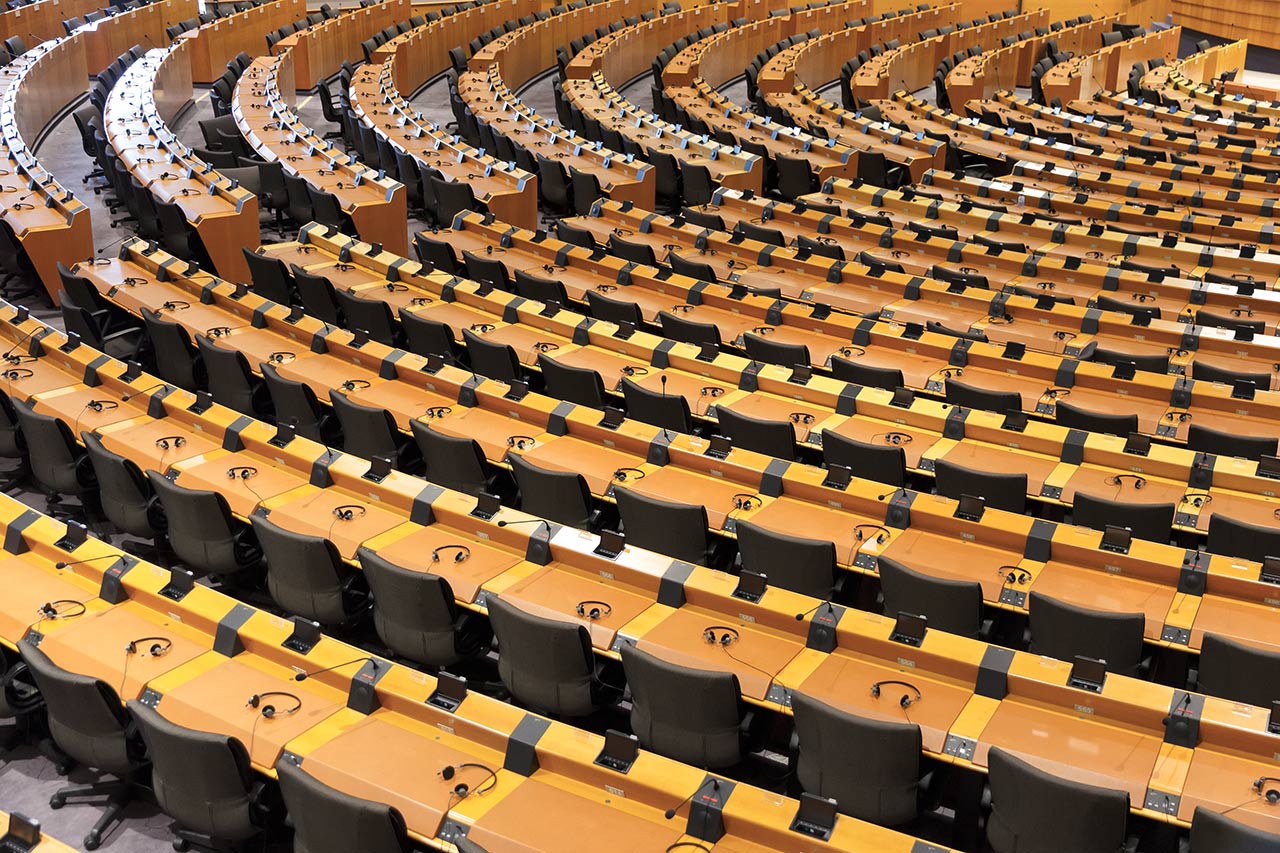The Character of War
A short answer question detailing the changing nature of war
Question
Has the character of war changed?
Answer
Debates surrounding the changing character of warfare have seen a huge resurgence and numerous contributions in the past twenty years (Malantowicz, 2013). Indeed, Mary Kaldor’s text ‘New Wars and Old Wars: Organised violence in a global era’ (1999) sparked these ongoing debates and theses regarding the changed character of warfare in a Post-Cold war era by suggesting that new wars are distinctly different from previous examples of conflict for the following reasons:
Non state actors and networks are now participating in conflict. States are no longer the exclusive actors in conflict.
Identity politics and labels are used as a banner of conflict as opposed to traditional political ideology.
Terror and fear is being used to achieve political rather than physical control of the population.
Conflict and war are no longer solely funded by the state.
Such perceived differences in the characteristics of conflict have led some scholars to believe that wars today represent ‘New Wars’, distinctly different from conventional warfare of the past. A further assertion of this school of thought is that globalisation has largely been the catalyst of change in the nature of war (Malantowicz, 2013).
In spite of this, scholars including Strachan and Herberg Rothe, (2008) maintain the Clausewitzian notion that war is essentially ‘an act of violence intended to compel our opponent to fulfil our will’ (Clausewitz 2007:13) and that the Clausewitzian trinity of ‘primordial violence, hatred and enmity… the play of chance and probability… and its element of subordination’ (Clausewitz, 2007:30) are constant features of all conflict. In light of this, they doubt that the changing reality of war represents a fundamental shift if the character of war.
References
Malantowicz, A. (2013) ‘Civil War in Syria and the ‘New Wars’ Debate, Amsterdam Law Forum, Spring 2013, Vol 5, No. 3, pp. 52-60
Clausewitz, C. (2007) On War, Oxford: Oxford University Press
Kaldor, M. (1999) New and old wars: organized violence in a global era. Stanford, CA: Stanford University Press.
Strachan, H. and A. Herberg-Rothe (2008) ‘Introduction’, Clausewitz in the Twenty-first Century. H. Strachan and A. Herberg-Rothe (eds) Oxford: Oxford University Press
